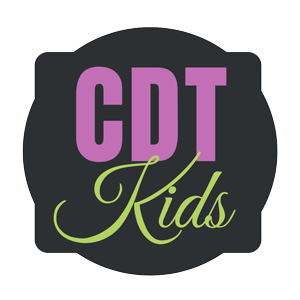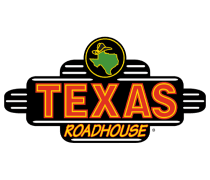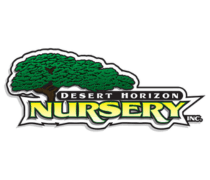0-3 months
Smiles at the sound of your voice
Makes cooing, gurgling sounds
Turns head toward direction of sound
Communicates hunger, fear, discomfort (through crying or facial expression)
3-6 months
Begins to respond to the word "no"
Responsive to changes in your tone of voice and to sounds other than speech
Babbles in a speech-like way and uses many different sounds, including sounds that begin with p, b, and m
6-12 months
Responds to own name
Begins to respond to "no"
Turns and looks in the direction of sounds
Responds to sound by making sounds
Uses voice to express joy and displeasure
Knows familiar faces
Understands words for common items such as "cup," "shoe," or "juice"
Responds to requests ("Come here" or "Want more?")
Communicates using gestures such as waving or holding up arms
12-18 months
Tries to "talk" with you through babbling
Tries to imitate words
Says "dada" and "mama"
Uses exclamations, such as "oh-oh!"
Recognizes family members' names
Follows simple commands ("roll the ball")
Responds to "no"
Uses simple gestures, such as shaking head for "no"
18-24 months
Knows a few parts of the body and can point to them when asked
Understands simple questions ("Where's your shoe?")
Enjoys simple stories, songs, and rhymes
Points to pictures, when named, in books
Acquires new words on a regular basis
Uses some one- or two-word questions ("Where kitty?" or "Go bye-bye?")
Puts two words together ("More cookie" or "No juice")
Asks specifically for his/her mother or father
Uses "hi," "bye," and "please," with reminders
Requests items or actions by pointing or by using one word
Directs another's attention to an object or action
Laughs at silly actions (ex. wearing a bowl as a hat)
24-36 months
Points to 5-6 parts of a doll when asked
Uses 2-3 word sentences to verbalize desires and feelings
Asks for information about an object (ex. "shoe?" while pointing to shoe box)
Hum or tries to sing
Listens to short rhymes
Likes to imitate parents
Takes turns in play with other children
Treats a doll or stuffed animal as though it were alive
Refers to self by name and use "me" and "mine"
Knows some spatial concepts such as "in", "on"
Knows descriptive words such as "big", "happy"
Begins to use plurals such as "shoes" or "socks" and regular past tense verbs such as "jumped"
Follows two step directions
36-48 months
Groups objects such as foods, clothes, etc.
Identifies colors
Able to describe the use of objects such as "fork," "car," etc.
Uses verbs that end in "ing," such as "walking" and "talking"
Answers simple questions such as "What do you do when you are hungry?"
Match objects that have same function (as in putting a cup and plate together)
Speaks in sentences of five to six words
Understands the concepts of "same" and "different"
Tells stories
Follows three-part commands (ex. "Put the toys away, wash your hands, and come eat.")
Recalls parts of a story
48-60 months
Understands the concepts of "big," "little," "tall," "short"
Able to identify situations that would lead to happiness, sadness, or anger
Uses "a," "an," and "the" when speaking
Asks direct questions ("May I?" "Would you?")
Wants explanations of "why" and "how"
Relates a simple experience she has had recently
Often prefer playing with other children to playing alone, unless deeply involved in a solitary task
Speaks sentences of more than five words
Uses future tense





